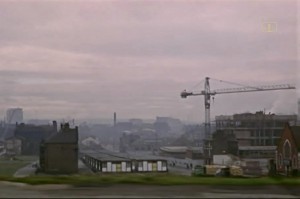“Tokyo is a Stadium of Desire” – Exhibition on Screen: Tokyo Stories

How could seeing an exhibition at the cinema compare to the real thing? Mike Pinnington on why the two needn’t be mutually exclusive experiences…
Something strange has been happening at cinemas of late. A film of an exhibition has been doing serious business at the box office. The film in question is Vermeer: The Greatest Exhibition. Now, the company behind this success story, Exhibition on Screen, has another release: Tokyo Stories (based on a 2021/22 exhibition at Oxford’s Ashmolean Museum).
Not so long ago I’d been more than a bit sceptical about the prospect experiencing an exhibition at this remove. I mean, how could it compare to being there? Does it even count? But much of my scepticism fell away after a screening of the film of a show I wouldn’t otherwise have got to see: the V&A’s David Bowie is.
Mediated by a screen, the quality of experience is altogether different. A film can’t hope to replicate the experience of standing, for as long as you like, in front of an artwork, to really breathe in the details, the colour, the beauty. But what it can do is introduce other, additional, elements. This includes taking us behind the scenes of exhibitions, to meet curators, gallerists and, crucially, artists themselves. We can hear directly from them about their own stories, their relationships with materials, genre, medium, place, the inspirations behind their work.
So it is with Tokyo Stories, a film that treats the megalopolis as a lens through which to explore Japanese art. It takes us beyond the immediate touchstones of manga, woodblock prints of Hokusai’s great wave, kabuki, sumo, and cherry blossoms, to reveal – via some key contributions – a city still considered by many to be so unknowably alien.
For iconic photographer Daidō Moriyama, “Tokyo”, in particular Shinjuku, “is a stadium of desire.”
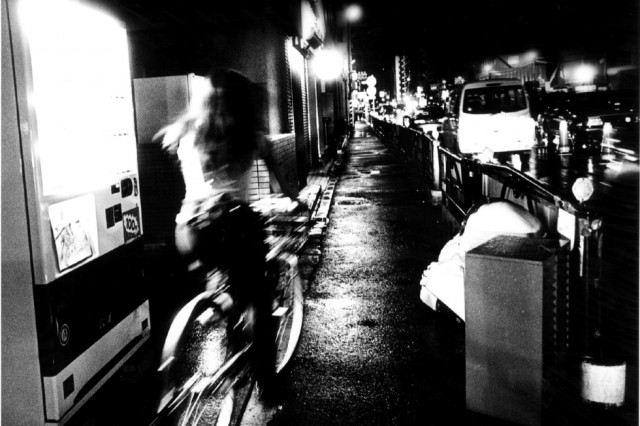
Study it for long enough and desire, as well as a plethora of other things, will be found in the incredible Tokyo diorama of Sohei Nishino, who explains: “The importance of this work is that the Tokyo I see is important for its historical value, happening in a truly universal moment.” Elaborating, and getting to the nub of the richly textured image, he says that his work “is based on reconstructing the memory of experience.”
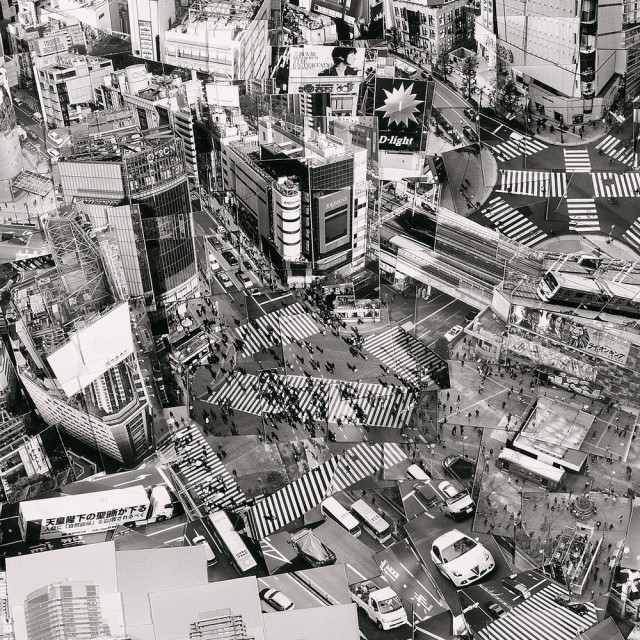
Of course, an unavoidable aspect of memory and experience for Japan, is the Second World War and the terrible traumas wrought by that conflict. The work of Tanaami Keiichi takes in the wartime of his childhood and the post-war influences that flooded Japan, especially from the US. “The most shocking thing for me were the air raids,” he poignantly recalls; in his pop infused works you can clearly see such tensions at play.
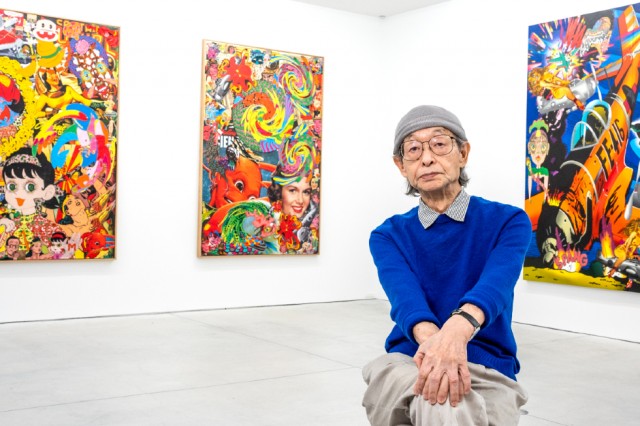
By contrast, in the absurdist photography and sculpture of Mohri Yuko, we see the comical and haphazard side of Tokyo. Her ongoing Moré Moré Tokyo (Leaky Tokyo) – fieldwork, 2009 – documents and takes inspiration from the often ad hoc, idiosyncratic looking repair jobs she began to spot on Tokyo’s underground. “Once, when I was walking through a train station, I saw a bucket in a completely unexpected place, and I wondered why it was there.”
Photographer Ninagawa Mika, meanwhile, addresses in her work a global rather than local issue. “I think that the idealised image of women has probably not fundamentally changed. People are starting to talk loudly about the need to improve the status of women. I think that is a good thing; but I don’t feel may things have improved on a daily basis. There was a time when I was making artwork driven by that anger.”
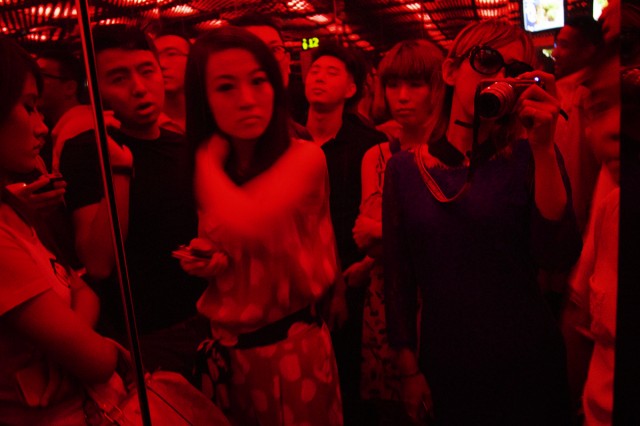
For artist collective Chim↑Pom: “It’s like we are hanging out on Earth, in Tokyo… The city of Tokyo itself is extremely destructive. Buildings are physically torn down, scrapped and built over again. I think the city of Tokyo can only be seen through destruction and creation.”
Through these and other voices Tokyo Stories tells the many intertwining narratives of the city; to contradict clichés, add to our understanding, exceed our wildest expectations, lifting a veil on what previously may have seemed impenetrable. Exhibitions on screen cannot replace the experience of visiting a gallery or museum; but as long as they understand that this isn’t their job, they can offer valuable complementary encounters with art and artists.
Mike Pinnington
See Exhibition on Screen: Tokyo Stories 23 May @ FACT Liverpool
Images, from top: Exhibition on Screen: Tokyo Stories poster; Untitled by Moriyama Daidō © Moriyama Daidō, courtesy Daido Moriyama Photo Foundation, Tokyo; Detail of Sohei Nishino Tokyo Diorama, 2014 © Sohei Nishino; Tanaami Keiichi in Tokyo ® David Bickerstaff; Tokyo from Utsurundesu Series by Ninagawa Mika, 2018 © Ninagawa Mika, courtesy the artist and Tomio Koyama Gallery




